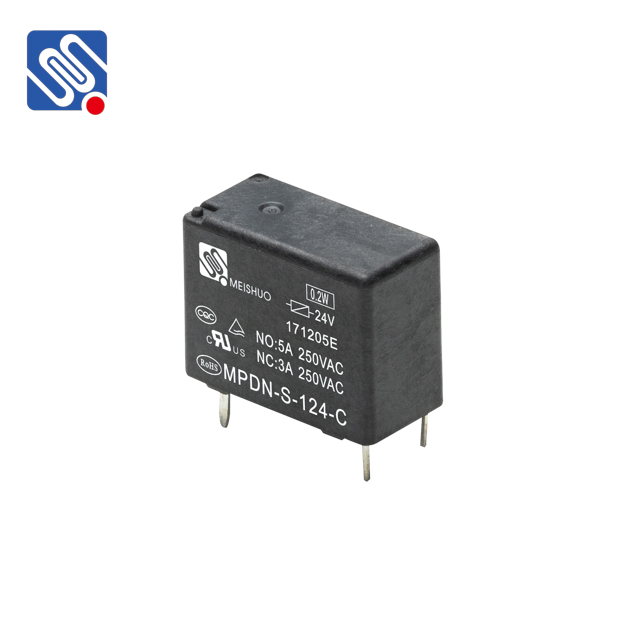low-power relay: the future of efficient electrical switching
Release time:2025-03-23 20:16:18
In modern electronic systems, energy efficiency has become a key concern due to the increasing demand for battery-powered devices and the global push for sustainability. One of the technological advancements that address this issue is the low-power relay. These relays offer an energy-efficient solution for switching electrical circuits, providing a critical component in applications ranging from consumer electronics to industrial automation.

What is a Low-power Relay?
A low-power relay is a type of electromechanical switch that operates with minimal power consumption. Traditional relays consume higher amounts of energy to activate the electromagnet, which moves the switch contacts. However, low-power relays have been designed to require significantly less energy to perform this task. This is especially important in battery-powered or energy-sensitive applications, where the goal is to maximize battery life and reduce the overall energy footprint of a system.
Low-power relays typically feature enhanced designs in both the coil and contact components. By using materials with lower resistance and optimizing coil windings, these relays achieve their low power consumption without compromising their ability to perform reliable switching actions. Additionally, low-power relays are often built with features such as reduced coil voltages, low activation current, and improved switching time, which contribute to their efficiency.

